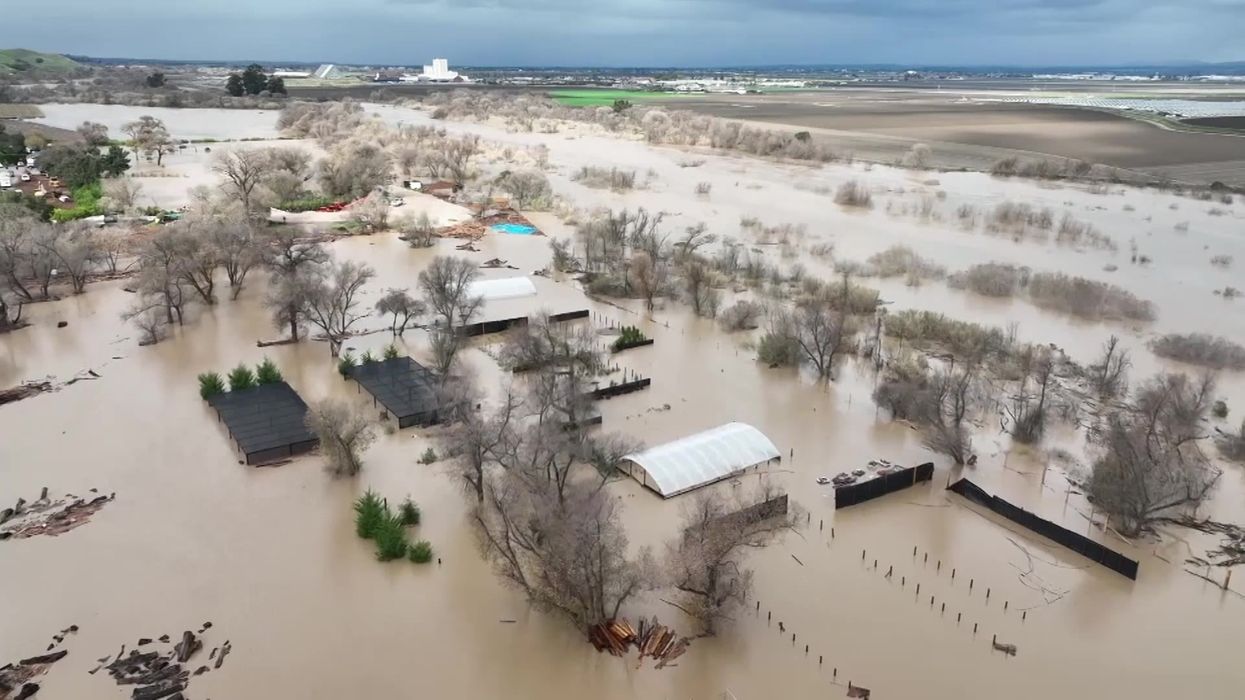Science & Tech
Ellie Abraham
Apr 04, 2023
California farm fields submerged after atmospheric river storms cause heavy flooding
content.jwplatform.com
Thanks to the rise of global warming due to human activity, rising sea levels are becoming an increasingly dangerous and prominent threat.
Small island nations are particularly at risk of being completely wiped out by rising water, however, a new study has also suggested that other coastal areas could be cut off from essential services due to the areas being uneven in level.
A new study published in the Nature Climate Change journal has suggested that the risk of isolation due to sea level rise could affect those living in coastal areas of the United States.
It was conducted by environmental engineers Tom Logan and M.J. Anderson from the University of Canterbury in New Zealand as well as Allison Reilly from the University of Maryland.
Sign up to our new free Indy100 weekly newsletter
According to the paper’s authors, those on both coasts of the US face an increasing risk of periodic isolation during ever more frequent storms or high tides. There is also the risk of it becoming permanent with the formation of new islands surrounded by water.
The study explained: “The typical displacement metric for sea-level rise adaptation planning is property inundation. However, this metric may underestimate risk as it does not fully capture the wider cascading or indirect effects of sea-level rise.”
Scientists believe it will become a reality within this century and warn that it could be anywhere between individual homes affected, whole neighbourhoods, or even larger communities.
Sea level rise could impact between 9 to 12 million people in the United States alone by the year 2100. These people may have access to food supplies and other essential services compromised by rising sea levels.
Have your say in our news democracy. Click the upvote icon at the top of the page to help raise this article through the indy100 rankings.
Top 100
The Conversation (0)














